Kibbeh is considered one of Lebanon’s most cherished national dishes. We take a trip across the country to discover kibbeh in all its forms with author, food consultant and TV host Barbara Massaad.
Kibbeh is produced and cooked differently across Lebanon, reflecting local traditions and the availability of certain ingredients. It is a dish that is served raw, boiled, baked, grilled or fried.
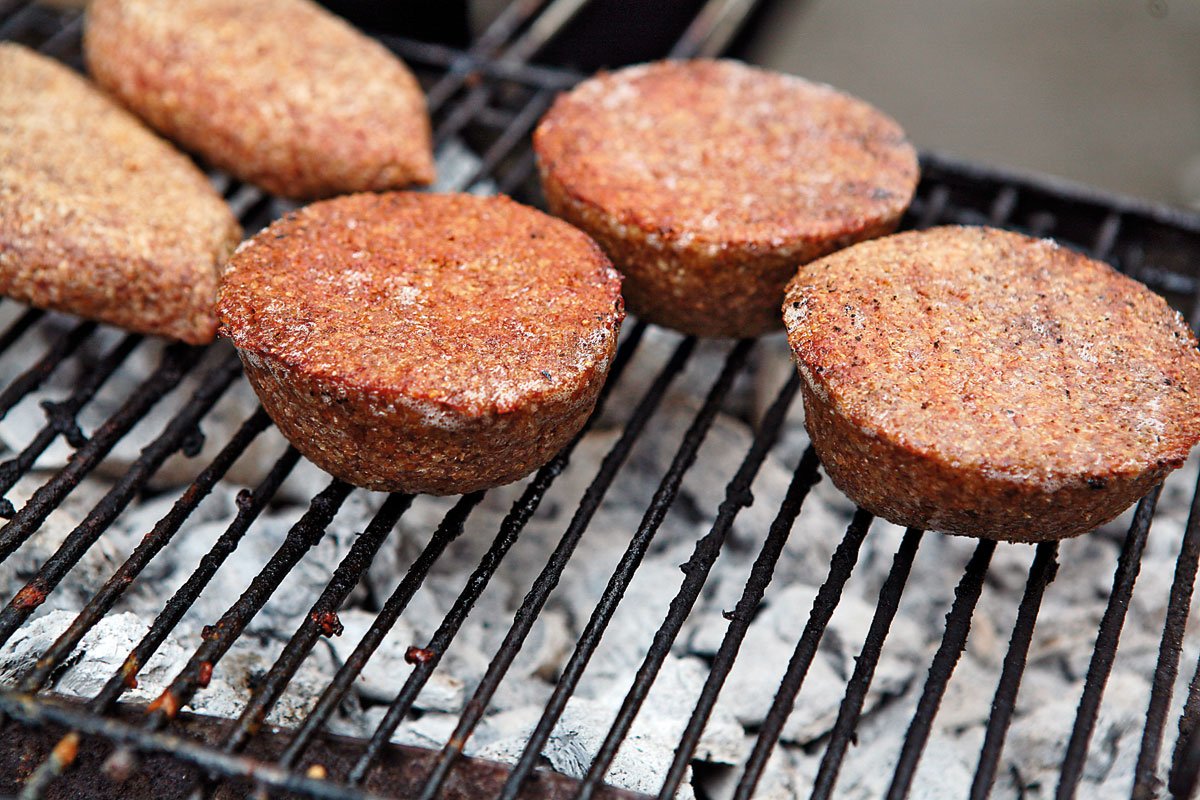
Photos – Barbara Massaad
In North Lebanon, raw kibbeh is made mostly with goat meat due to the abundance of mountain goats. The people of Zgharta pride themselves on their famous kibbeh, which is stuffed with animal fat, garlic and dry mint, and usually cooked on a barbecue. Alternatively, a mixture of sautéed onions and minced meat is used as stuffing. Fresh raw meat, which is cooled prior, is pounded in a huge mortar with a large pestle.
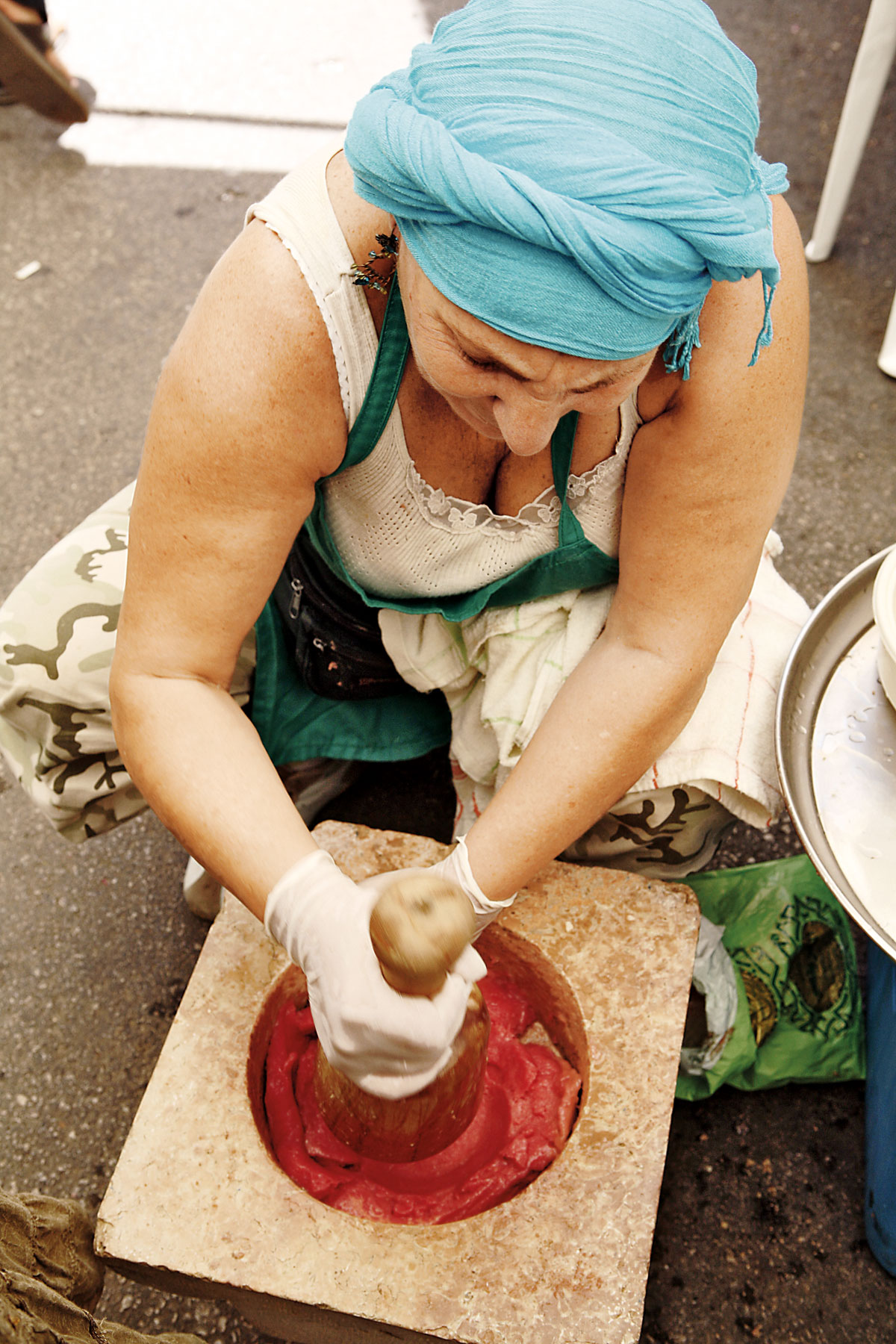
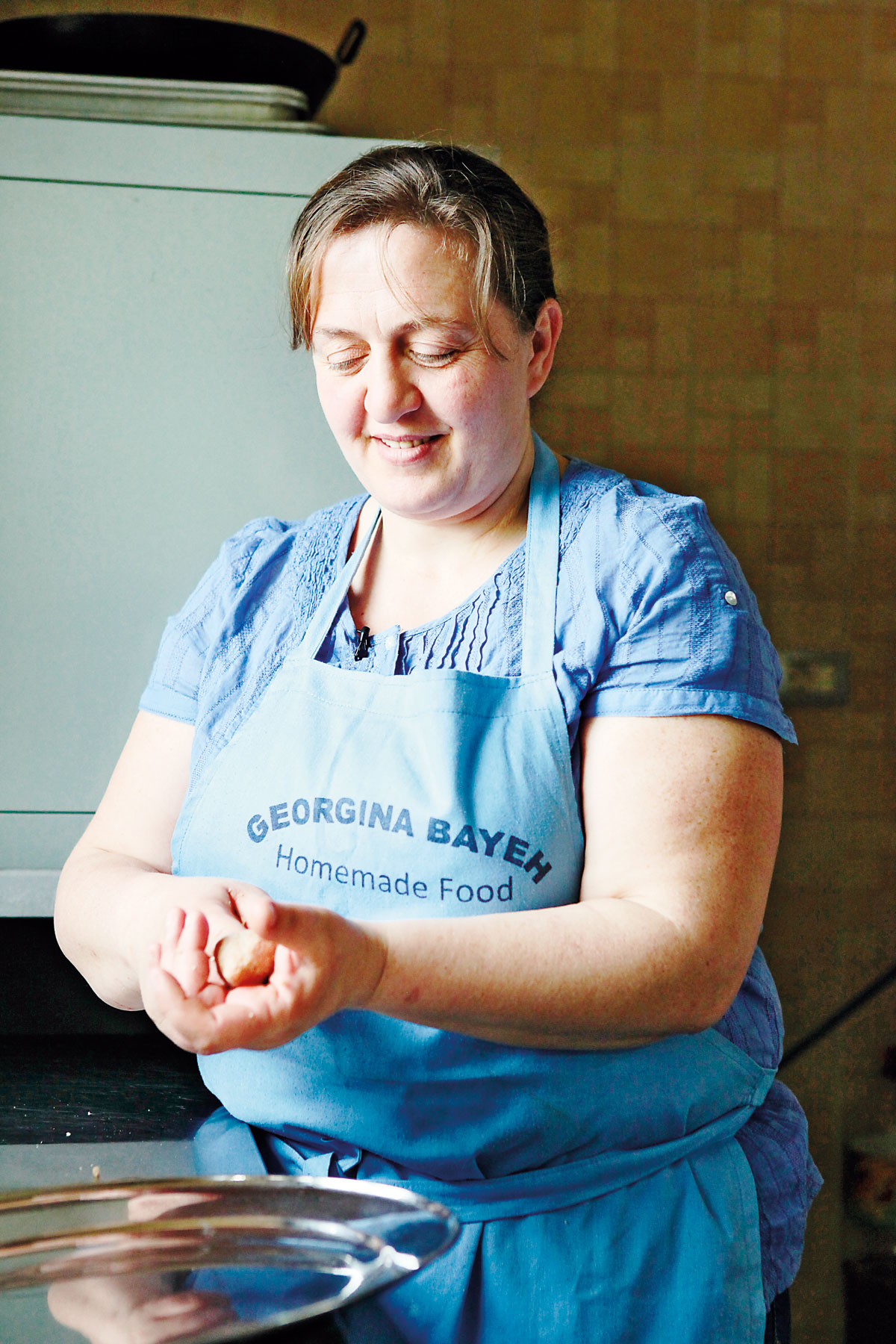
In Shouf, awarma — meat preserve made of lamb conserved in fat — is also added to the yogurt to make it heartier. At higher altitudes, goat’s milk is used instead, giving the stew a pungent, tangier taste. The benefit of cooking with goat’s milk is that it doesn’t curdle, so adding an egg and/or cornstarch to the yogurt is unnecessary.
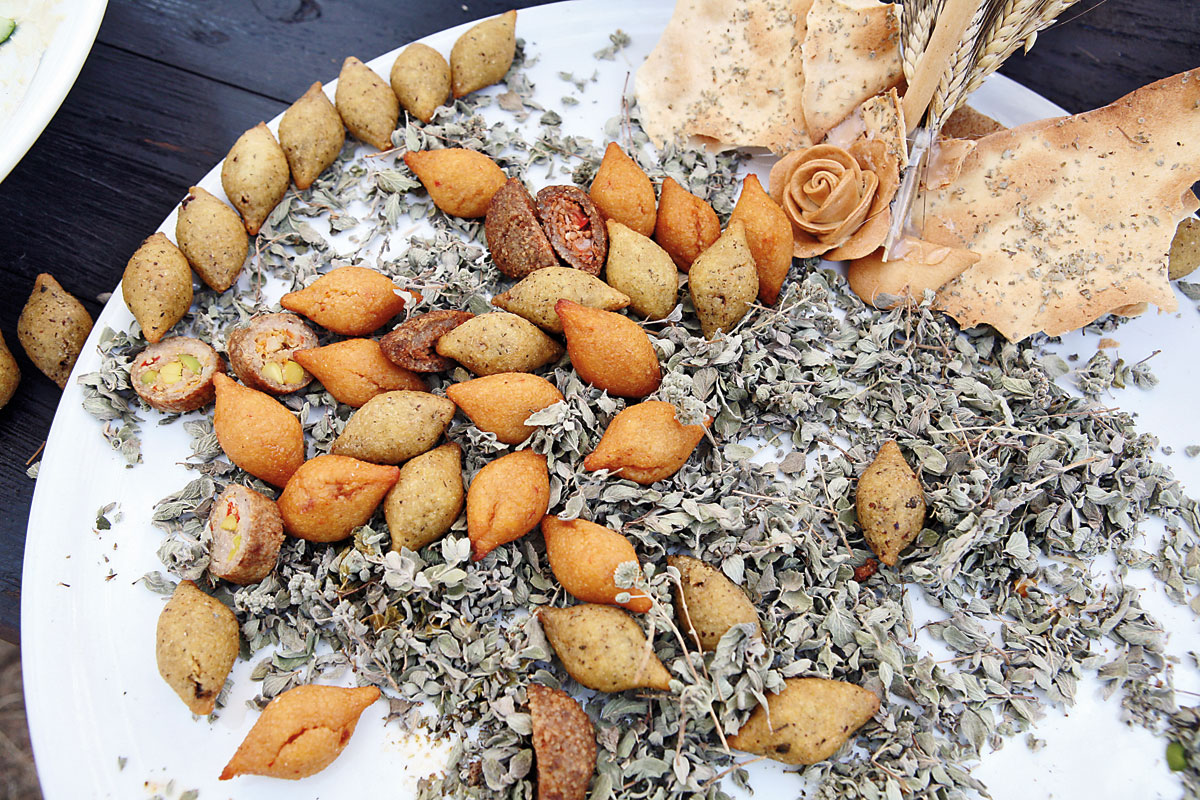
In Keserwan, Mount Lebanon, kibbeh balls are served in a kishk soup. Kishk is yogurt with bulgur wheat that has been fermented over several days then sun-dried and ground into a fine powder.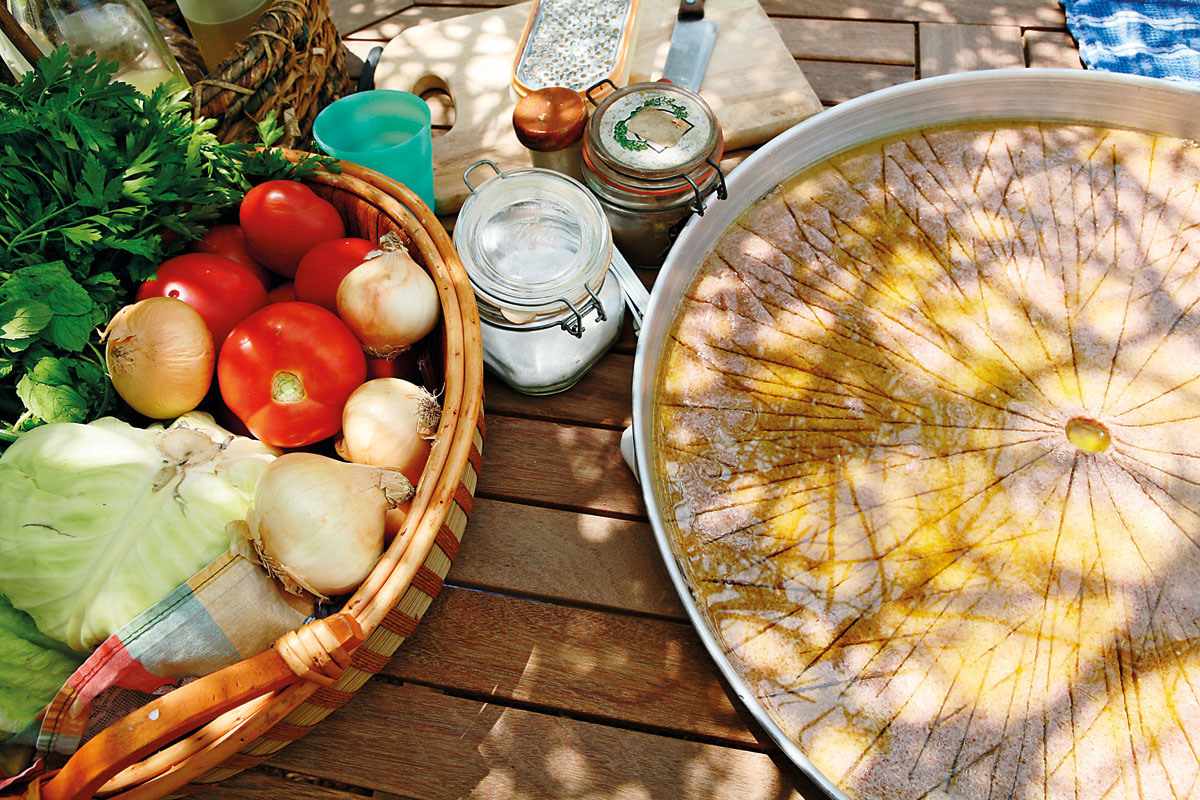
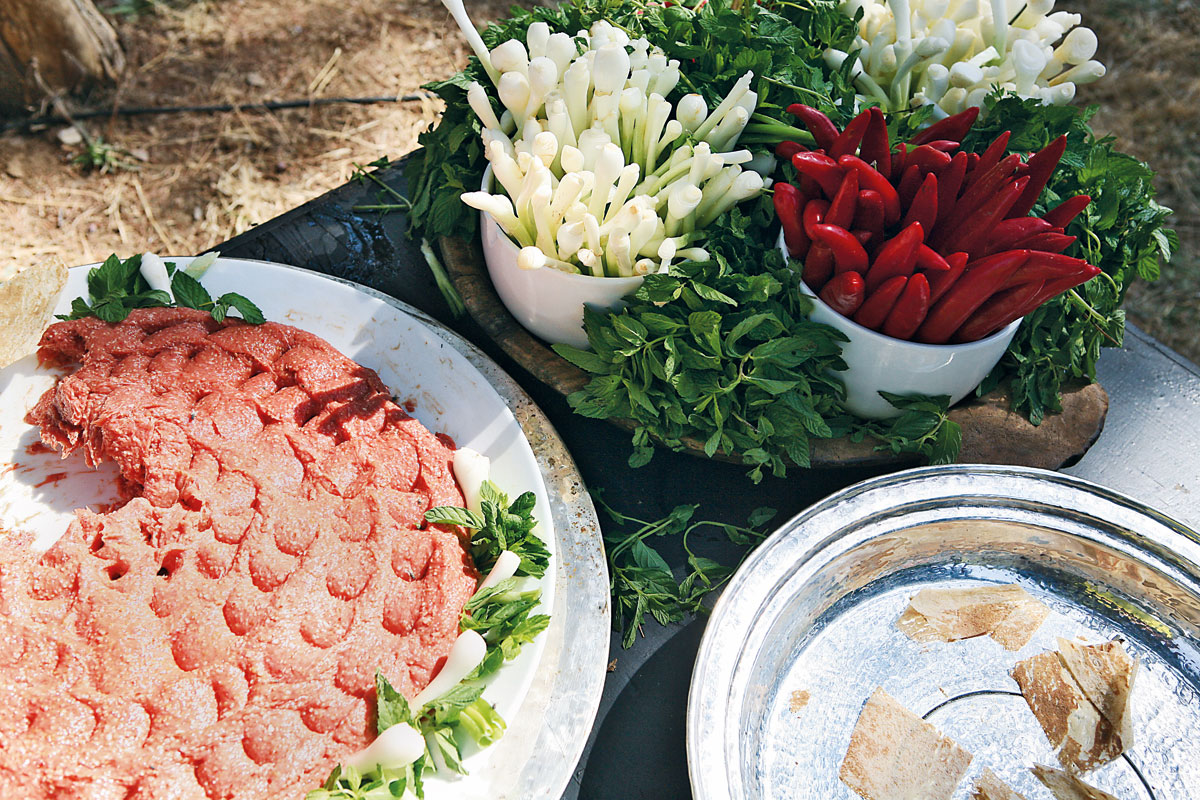
- WATCH THIS:

